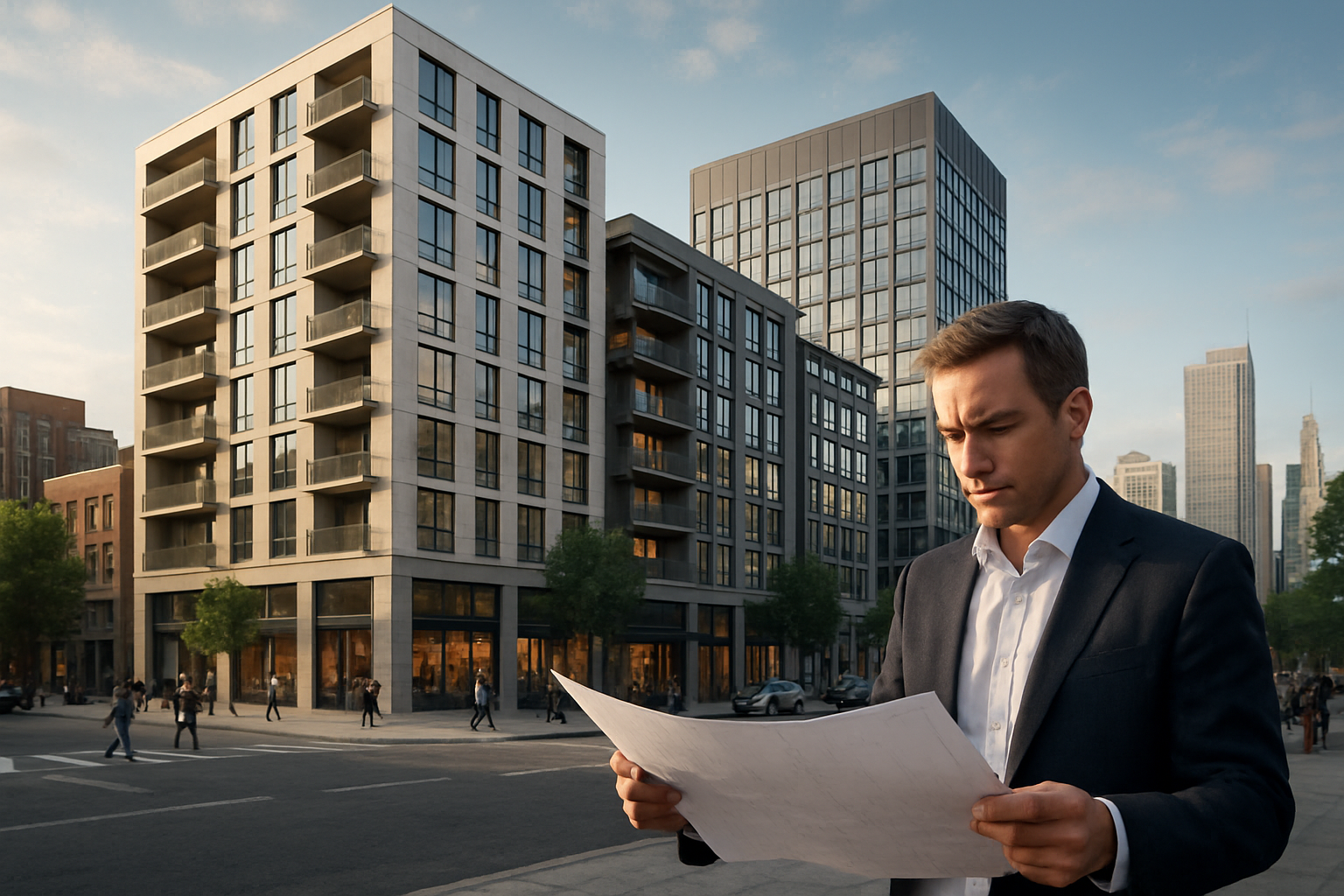Adaptive Reuse: Transforming Obsolete Commercial Spaces into Thriving Residential Communities
In an era of shifting urban landscapes and evolving real estate needs, adaptive reuse has emerged as a groundbreaking solution to revitalize struggling commercial districts. This innovative approach breathes new life into abandoned office buildings, vacant shopping centers, and underutilized industrial complexes by converting them into vibrant residential spaces. As cities grapple with housing shortages and the changing nature of work, adaptive reuse offers a sustainable and economically viable path forward for developers, investors, and communities alike.

Economic Benefits of Commercial-to-Residential Conversions
One of the primary advantages of adaptive reuse projects is their potential for substantial cost savings. Compared to new construction, converting existing buildings can be significantly less expensive, as much of the core infrastructure is already in place. This includes foundations, structural elements, and often utilities, which can account for a large portion of development costs. Additionally, adaptive reuse projects may qualify for various tax incentives and grants, further improving their financial viability.
Challenges and Considerations in Adaptive Reuse
While the benefits of adaptive reuse are numerous, these projects come with their own set of challenges. Developers must navigate complex zoning regulations, which may require variances or special permits to allow residential use in formerly commercial areas. Building codes and safety standards for residential occupancy can also differ significantly from those for commercial spaces, necessitating extensive renovations and upgrades.
Environmental Impact and Sustainability
Adaptive reuse aligns closely with sustainability goals in the real estate industry. By repurposing existing structures, developers can significantly reduce the environmental impact associated with demolition and new construction. This approach conserves raw materials, minimizes waste, and often results in lower energy consumption during the renovation process. Furthermore, many adaptive reuse projects incorporate energy-efficient systems and sustainable design principles, creating eco-friendly living spaces that appeal to environmentally conscious residents.
Case Studies: Successful Commercial-to-Residential Transformations
Across the globe, numerous examples showcase the potential of adaptive reuse in transforming urban landscapes. In New York City, the iconic Woolworth Building saw its upper floors converted into luxury condominiums, preserving the historic facade while creating sought-after residences. In London, the Battersea Power Station underwent a massive redevelopment, turning the decommissioned coal-fired power station into a mixed-use development featuring high-end apartments, shops, and offices.
Market Demand and Target Demographics
The success of adaptive reuse projects hinges on understanding and catering to market demand. Urban millennials and young professionals often seek unique living spaces with character and history, making converted warehouses and lofts particularly appealing. Empty nesters downsizing from suburban homes are another key demographic, attracted to the convenience and amenities of urban living in repurposed buildings.
Financing Strategies for Adaptive Reuse Projects
Securing financing for adaptive reuse projects can be more complex than traditional real estate developments. Lenders may perceive these projects as higher risk due to unforeseen challenges in renovation and potential market uncertainties. However, specialized lending programs and partnerships with community development financial institutions (CDFIs) can provide alternative funding sources. Additionally, historic tax credits and opportunity zone designations can enhance the financial feasibility of these projects.
The Future of Adaptive Reuse in Real Estate
As urban centers continue to evolve, adaptive reuse is poised to play an increasingly significant role in shaping the future of real estate. With the ongoing shift in retail and office space demand, particularly in the wake of the COVID-19 pandemic, there is a growing inventory of underutilized commercial properties ripe for conversion. This trend presents exciting opportunities for innovative developers and investors to create unique, sustainable living spaces while revitalizing urban neighborhoods.
A Win-Win Solution for Urban Development
Adaptive reuse represents a win-win solution for urban development challenges, offering a way to address housing shortages, promote sustainability, and preserve architectural heritage. As cities continue to grow and change, the creative repurposing of obsolete commercial spaces into thriving residential communities will likely become an increasingly important strategy in the real estate market. By embracing this approach, stakeholders can contribute to more vibrant, sustainable, and economically resilient urban environments for generations to come.





